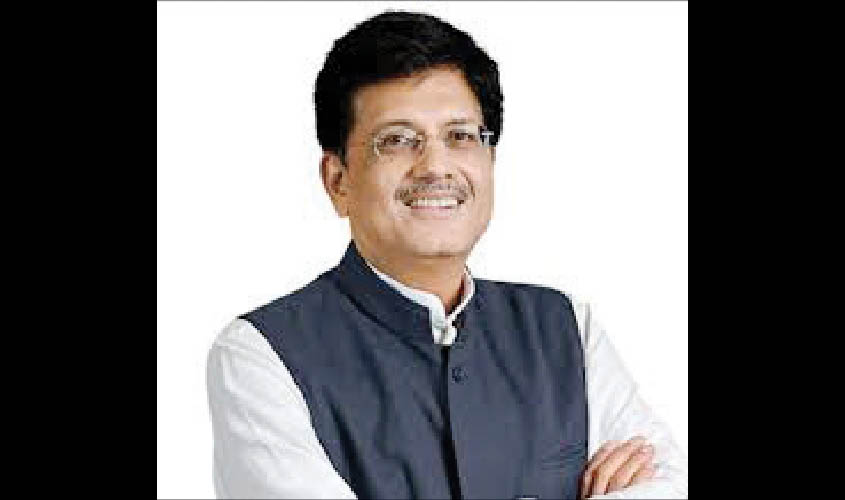The Ministry of Railway, which had come under severe criticism following a spate of accidents in the last couple of years, has come a long way.
The railways have managed to bring down the cases of train collisions to zero in the year 2018-19, while also reducing the number of derailments from 78 in 2016-17 to 46 in the year 2018-19. “The category-wise break-up of consequential train accidents shows that the incident of train collisions has come down to zero in the year 2018-19 in Indian Railways and incidents of derailment have decreased from 78 in 2016-17 to 46 in the year 2018-19,” a railway ministry official said.
According to the Economic Survey presented in the Parliament, the revenue earning freight loading (excluding loading by Konkan Railways) by Indian Railways during 2017-18 was placed at 1,159.55 million tonnes, as against 1,106.15 million tonnes during 2016-17, registering an increase of 4.83 %, with incremental loading of 53.40 million tonnes over 2016-17. It also highlighted that in 2018-19, Indian Railways carried 1,221.39 million tonnes of revenue earning freight showing an increase of 61.84 million tonnes over the freight traffic of 2017-18 and translating into an increase of 5.33 %.
“There is an increase of 2.09% in the number of passengers carried by Indian Railways during 2017-18 compared to 2016-17 and 0.64 % increase in 2018-19 compared to 2017-18,” it said. Pointing out at the Railways Mission Electrification programme, the Economic Survey said that railways has initiated a major electrification programme for electrifying 100% of its broad gauge network. “This would reduce the nation’s dependence on imported diesel oil. As on 1 April 2019, Indian Railways has 35,488 Route Kilometre (RKM) of network commissioned on electric traction which constitutes 51.85% of total network and carries 64.50% of freight and 53.70% of coaching traffic,” it said. “The pace of electrification has accelerated and a total of 38,000 RKM has been identified for electrification by 2021,” it said.
The Economic Survey also pointed out that the “Swachh Rail Swachh Bharat” mission of railways focuses on cleanliness. “As per the ‘Swachh Rail’ portal, Beas station ranked first in India in the case of cleanliness among ‘A’ category stations and ‘Visakhapatnam’ tops the list among ‘A1’ category stations,” it said.
The Economic Survey also said that the railways have also made sincere efforts in the area of energy and water conservation and there is an increasing competition among stations to obtain “Green Rating”.
“Similarly, Indian Railways has encouraged Green Certification of Workshop and Production Units through Green Industries Certification in collaboration with the Confederation of Indian Industry. So far 10 railway stations, 34 workshops and four production units have been green certified by CII,” it said.
It pointed out that being a cost-effective long distant transport mode, Indian Railways has witnessed commendable progress. “In order to provide safe, secure and comfortable journey to passengers, Indian Railways has taken numerous steps such as provision of lifts or escalators, plastic bottle crusher machines, mechanised cleaning and housekeeping etc. at major stations,” the Economic Survey added.

